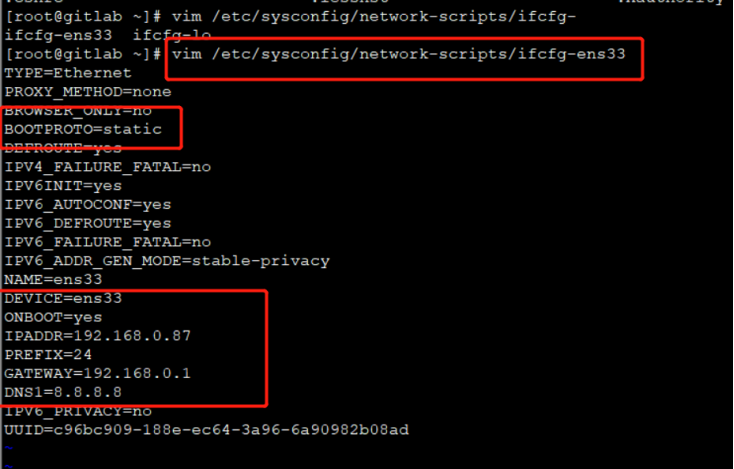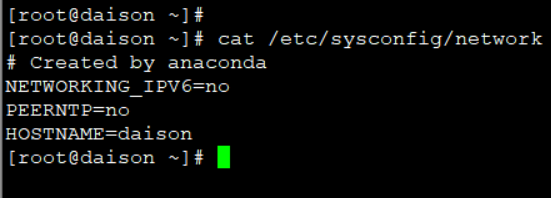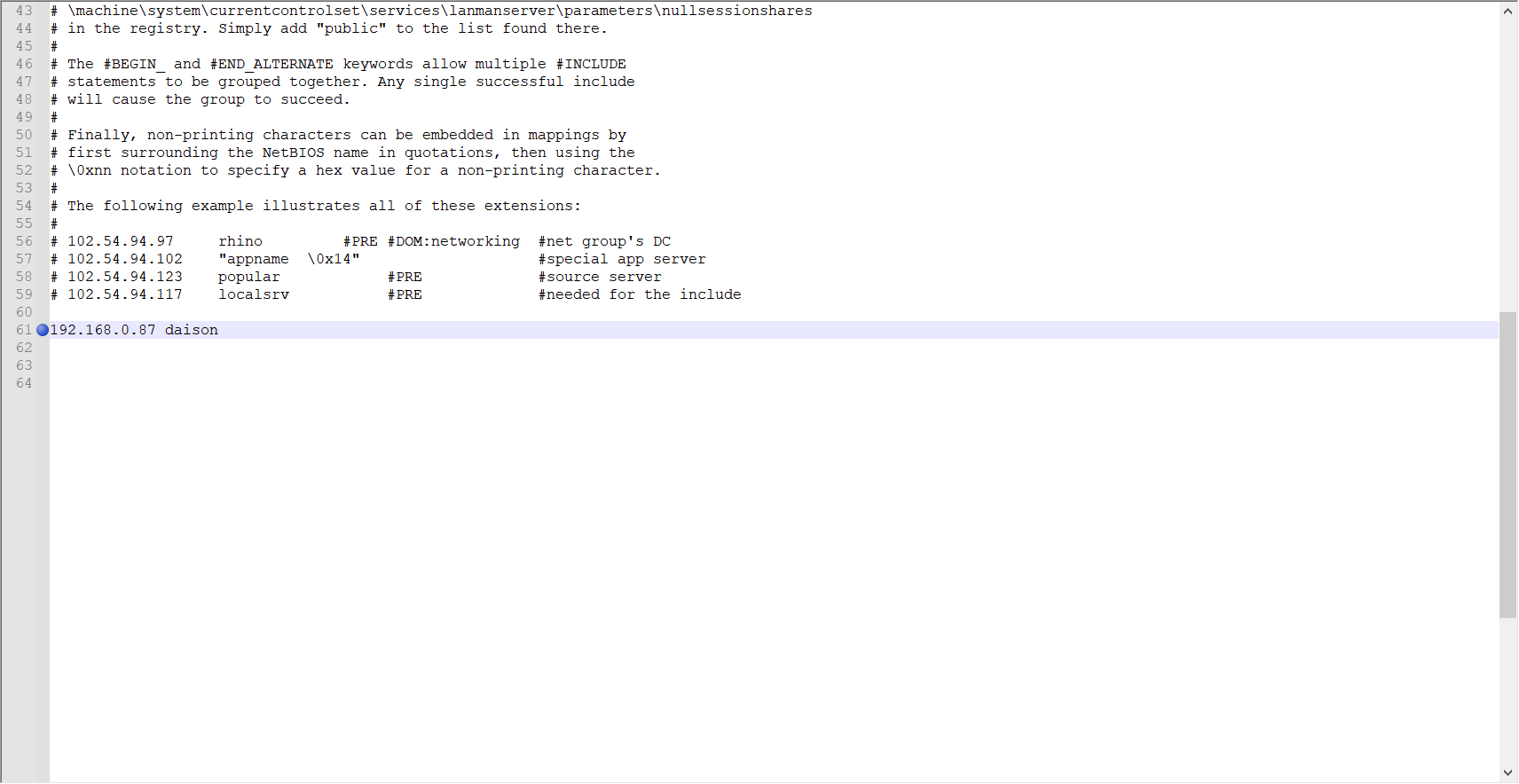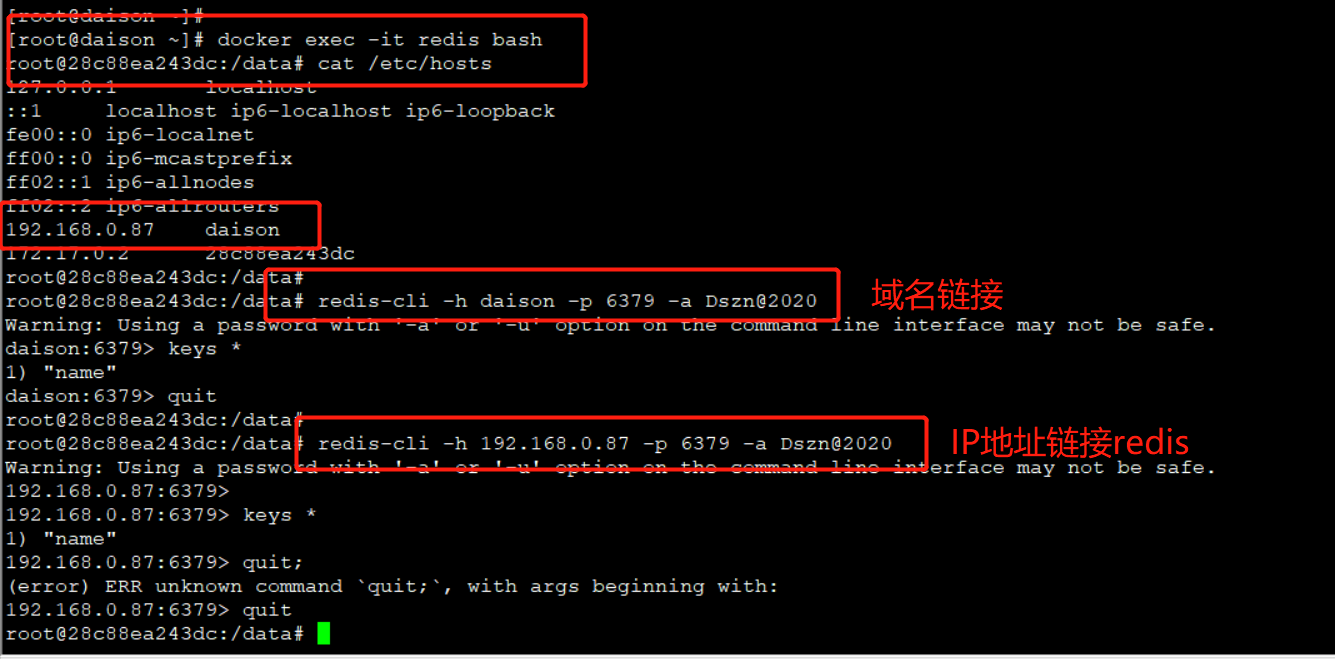Project requirements:
At present, all the projects developed use ip addresses to start services and deploy. According to the feedback of the implementation personnel, this method increases the difficulty of their deployment on the customer's site. For colleagues with less attributes, it is designed that N multiple services need to be started and viewed when deploying a project, which is not easy to troubleshoot service problems, so we modify it to deploy through dns. Colleagues are compatible with the customer's on-site deployment scenarios. For example, we only need to deploy services in the company, directly install the server to the customer's site, link the network and start the service, so as to reduce the difficulties of construction personnel.
Taking the actual deployment of spring cloud project as an example, this paper records that the original direct link of each service component through ip is modified to domain name. This method will change the inconvenience caused by the original project ip deployment and improve the project deployment and maintenance cost.
The docker container uses dns instead of ip to deploy the spring cloud project
Official website: https://docs.docker.com
Docker command: https://docs.docker.com/engine/reference/commandline/commit/
docker network mode
After docker is installed, there are four modes by default: bridge, host, Container and none
Bridge: after the container is started in this mode, IP will be automatically assigned to each container, and the container will be connected to a docker0 virtual bridge to communicate with the host through the docker0 bridge and Iptables nat table configuration.
Host: the startup container in this mode will not virtualize its own network card and configure its own IP, but use the IP and port of the host.
Container: in this mode, the container will not create its own network card and configure its own IP, but share the IP and port range with a specified container.
None: this mode turns off the network function of the container and is applicable to custom network protocol development, etc.
Detailed reference: https://www.cnblogs.com/zuxing/articles/8780661.html
Here, we use the host and bridge modes to accept two different ways of using redis in actual projects.
Deploy through host mode
As explained above, the host mode uses the same network as the host, that is, it is equivalent to direct deployment on the host, but there are some differences. The processing network is shared and others are container specific. The following is an example of deploying redis.
network configuration
1. Configure network ip address
vim /etc/sysconfig/network-scripts/ifcfg-ens33 TYPE=Ethernet PROXY_METHOD=none BROWSER_ONLY=no BOOTPROTO=static DEFROUTE=yes IPV4_FAILURE_FATAL=no IPV6INIT=yes IPV6_AUTOCONF=yes IPV6_DEFROUTE=yes IPV6_FAILURE_FATAL=no IPV6_ADDR_GEN_MODE=stable-privacy NAME=ens33 DEVICE=ens33 ONBOOT=yes IPADDR=192.168.0.87 PREFIX=24 GATEWAY=192.168.0.1 DNS1=8.8.8.8 IPV6_PRIVACY=no UUID=c96bc909-188e-ec64-3a96-6a90982b08ad

2. Modify host name
vim /etc/sysconfig/network [root@daison ~]# cat /etc/sysconfig/network # Created by anaconda NETWORKING_IPV6=no PEERNTP=no HOSTNAME=daison [root@daison ~]#

Hostnamectl set hostname daison # takes effect immediately

3. Modify ip domain name mapping
vim /etc/hosts

Deployment Services
1. Original deployment:
sudo docker run -dit --hostname redis --name redis -p 6379:6379 \ -v /home/data/redis/redis.conf:/etc/redis/redis.conf \ -v /home/data/redis/data:/data \ --restart=always --privileged=true \ redis:6.0.9 redis-server /etc/redis/redis.conf --appendonly yes
Parameter Description:
– hostname: Specifies the domain name
-p 6379:6379: map the 6379 port in the container to the host 6379 port
-v /home/data/redis/redis.conf:/etc/redis/redis.conf: redis. Config the host computer Conf is placed in this location within the container
-v /home/data/redis/data:/data: display the redis persistent data in the host computer for data backup
redis-server /etc/redis/redis.conf: This is the key configuration, so that redis is not started without configuration, but according to this redis Conf configuration startup
– append only yes: data persistence after redis is started
This mode uses the bridge bridge mode, which can not directly access the host network, but access the host network through docker0 bridge. For example, to use the domain name, the host cannot be implemented, so it is modified to use the host mode.
2. host network mode deployment
sudo docker run -dit --net=host --hostname redis --name redis \ -v /home/data/redis/redis.conf:/etc/redis/redis.conf \ -v /home/data/redis/data:/data \ --restart=always --privileged=true \ redis:6.0.9 redis-server /etc/redis/redis.conf --appendonly yes
The host mode uses the unified network of the host without declaring the port mapping, that is, the port of the host is used. In this mode, the domain name can be used to directly access the container.
Parameter Description:
– net=host: indicates that the network is shared with the host, that is, a network is shared with the host. This mode does not need to declare ports
– hostname: Specifies the domain name
-p 6379:6379: map the 6379 port in the container to the host 6379 port
-v /home/data/redis/redis.conf:/etc/redis/redis.conf: redis. Config the host computer Conf is placed in this location within the container
-v /home/data/redis/data:/data: display the redis persistent data in the host computer for data backup
redis-server /etc/redis/redis.conf: This is the key configuration, so that redis is not started without configuration, but according to this redis Conf configuration startup
– append only yes: data persistence after redis is started
Login server authentication:
[root@daison rabbitmq]# [root@daison rabbitmq]# sudo docker exec -it redis bash root@daison:/data# #redis container linked by domain name root@daison:/data# redis-cli -h daison -p 6379 -a Dszn@2020 Warning: Using a password with '-a' or '-u' option on the command line interface may not be safe. daison:6379> daison:6379> keys * (empty array) daison:6379> quit root@daison:/data# #Link redis container through ip address root@daison:/data# redis-cli -h 192.168.0.87 -p 6379 -a Dszn@2020 Warning: Using a password with '-a' or '-u' option on the command line interface may not be safe. 192.168.0.87:6379> 192.168.0.87:6379> keys * (empty array) 192.168.0.87:6379> set name wangwu OK 192.168.0.87:6379> get name "wangwu" 192.168.0.87:6379> quit root@daison:/data#

3. Modify local host configuration
C:\Windows\System32\drivers\etc\hosts

3. Modify project configuration
When used in a project, domain name links are used directly. Examples are as follows:
spring:
#redis config
redis:
open: false # Enable redis cache? true enable false close
#redis uses database
database: 1
#Link via domain name
host: daison
#port
port: 6379
#Password, blank by default
password: 123456
# Connection timeout length (MS)
timeout: 120s
jedis:
pool:
# Maximum number of connections in the connection pool (negative value indicates no limit)
max-active: 1000
# Maximum blocking wait time of connection pool (negative value indicates no limit)
max-wait: -1ms
# Maximum free connections in the connection pool
max-idle: 10
# Minimum free connections in connection pool
min-idle: 5
Deployment through bridge mode
Take redis deployment as an example:
sudo docker run -dit --add-host=daison:192.168.0.87 --hostname redis --name redis -p 6379:6379
-v /home/data/redis/redis.conf:/etc/redis/redis.conf
-v /home/data/redis/data:/data
–restart=always --privileged=true
redis:6.0.9 redis-server /etc/redis/redis.conf --appendonly yes
Parameter Description:
–add-host=daison:192.168.0.87: add the host domain name and ip mapping to the / etc/hosts file in the container, so that the container can directly access the external network through the domain name or ip.
– hostname: Specifies the domain name
-p 6379:6379: map the 6379 port in the container to the host 6379 port
-v /home/data/redis/redis.conf:/etc/redis/redis.conf: redis. Config the host computer Conf is placed in this location within the container
-v /home/data/redis/data:/data: display the redis persistent data in the host computer for data backup
redis-server /etc/redis/redis.conf: This is the key configuration, so that redis is not started without configuration, but according to this redis Conf configuration startup
– append only yes: data persistence after redis is started
Start service test:
[root@daison ~]# [root@daison ~]# docker exec -it redis bash root@28c88ea243dc:/data# cat /etc/hosts 127.0.0.1 localhost ::1 localhost ip6-localhost ip6-loopback fe00::0 ip6-localnet ff00::0 ip6-mcastprefix ff02::1 ip6-allnodes ff02::2 ip6-allrouters 192.168.0.87 daison 172.17.0.2 28c88ea243dc root@28c88ea243dc:/data# root@28c88ea243dc:/data# redis-cli -h daison -p 6379 -a Dszn@2020 Warning: Using a password with '-a' or '-u' option on the command line interface may not be safe. daison:6379> keys * 1) "name" daison:6379> quit root@28c88ea243dc:/data# root@28c88ea243dc:/data# redis-cli -h 192.168.0.87 -p 6379 -a Dszn@2020 Warning: Using a password with '-a' or '-u' option on the command line interface may not be safe. 192.168.0.87:6379> 192.168.0.87:6379> keys * 1) "name" 192.168.0.87:6379> quit; (error) ERR unknown command `quit;`, with args beginning with: 192.168.0.87:6379> quit root@28c88ea243dc:/data#
